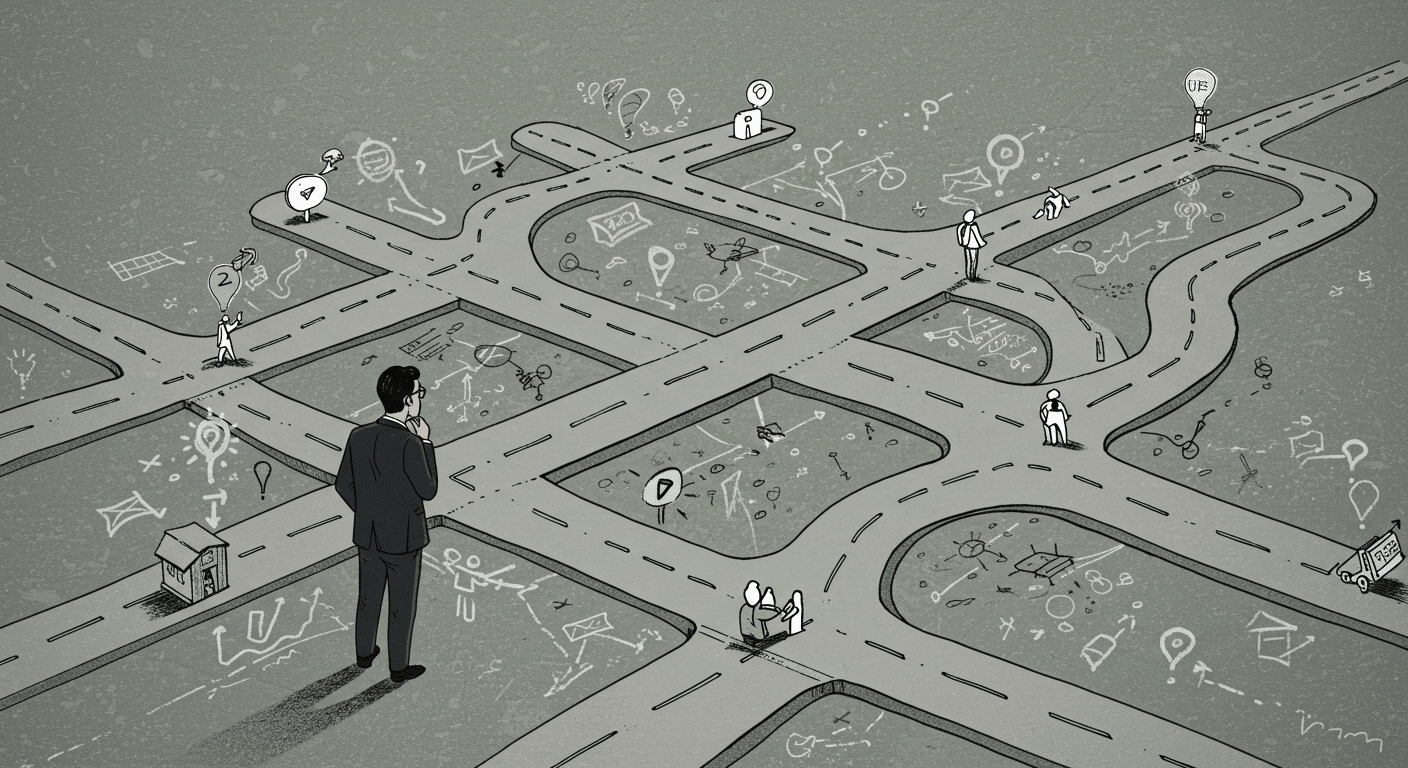How to Stop Wasting Time in Meetings
Employees are spending more time in meetings now than they ever have before. While everyone loves to complain about meeting exhaustion, most employees see meetings as a necessary and productive tool for a business.
According to a study by MIT; executives spend 23 hours per week in meetings and 49% expect that number to increase in upcoming years. As workforces become more dispersed and executives become more inundated with meeting overload, there’s never been a more important time to re-evaluate your internal meeting rhythms. These strategies will keep you on task and working on what matters, so you can leave the next meeting feeling productive!
How to Choose the Right Type of Meeting
The type of meeting you choose will dictate who is involved, what are the objectives, and how often you meet.
Meetings can be one-off or recurring and typically consist of the company, a team, a cross-departmental group, or two individuals for a one on one. Making sure all the relevant members attend and in the proper cadence ensures you don’t waste time after meetings looping people in, and ideally minimizes time spent with the task at hand. Depending on your team and industry, a lot of companies have implemented daily huddles to minimize ad-hoc meetings and internal discussions.
The most important aspect of an effective meeting is everyone being in agreement with the desired outcome. No matter who is in the meeting and how often you convene, successful meetings have a result in mind. Internal meetings should look to achieve progress on a relevant priority, problem-solve a specific issue, or review the progress and performance of either a team or of an individual. The objective of the meeting needs to be expressed prior, and ideally outlined in a pre-meeting document and used as guidance for the meeting’s agenda.
How to Structure an Effective Meeting Agenda
The meeting itself should be outlined with a specific actionable agenda, and each line item should have a correlating time allotment.
Agendas allow for meetings to flow while they are occurring, but they also give participants the ability to come to the meeting prepared for each topic. Prior to the meeting, one or multiple people should work on clearly defining the outcome and the planned agenda to provide to the team beforehand. Meetings that begin with everyone on the same page and with all participants arriving with their contributions in hand are essential to minimizing time. Each meeting should have one person “run” the meeting, keeping side conversations to a minimum and guiding discussion around agenda items.
Use Data in Your Meeting
Whether the objective of the meeting is problem-solving, analysis, or forecasting; data is essential to not only provide context but to measure the impact of actions.
With teams using so many different tools to complete their deep work, it’s important to have a single source of truth for the data for each meeting. When people run different reports and look at different data sets to prepare for a meeting, the first part of a meeting is sharing information and explaining where and how they got it. Instead, if everyone has the same data to review prior, you can come in prepared to discuss actions and analysis. Depending on the purpose of the meeting, you’ll want to choose a diverse data set that allows us to analyze leading and lagging indicators as well as to measure our desired impact.
At Align we use our Salesforce, Excel, Google Sheets, and Zapier integrations to pull the relevant data directly into our meeting agendas. Before the meeting begins everyone is able to review metrics from multiple systems and software in a single place and easily add notes or agenda items they would like to discuss in the upcoming meeting. This allows your meeting to shift from information sharing to a much more productive analysis and problem-solving event.
Write Brief Meeting Updates and Send Follow Up Tasks
As the meeting occurs everyone should be taking individual notes, but one person should be taking meeting minutes to be shared after the call. These updates can serve as historical records of each meeting, or to share with those who were not able to attend. Meeting updates allow the team to build on each meeting from the last and most importantly plan what needs to be accomplished prior to meeting again. Follow-up tasks are a simple way to ensure items aren’t dropped and that allow next week’s meeting to be more productive. Using a system like Align to prioritize tasks that relate to your company’s quarterly goals and help push the meetings metrics forward creates better meeting flow and less time wasted on misaligned activities.
Interested in using a system to help keep meetings focused, data-driven, and relevant? Try our huddle and meeting tools in action or book a demo with an Advisor today!





